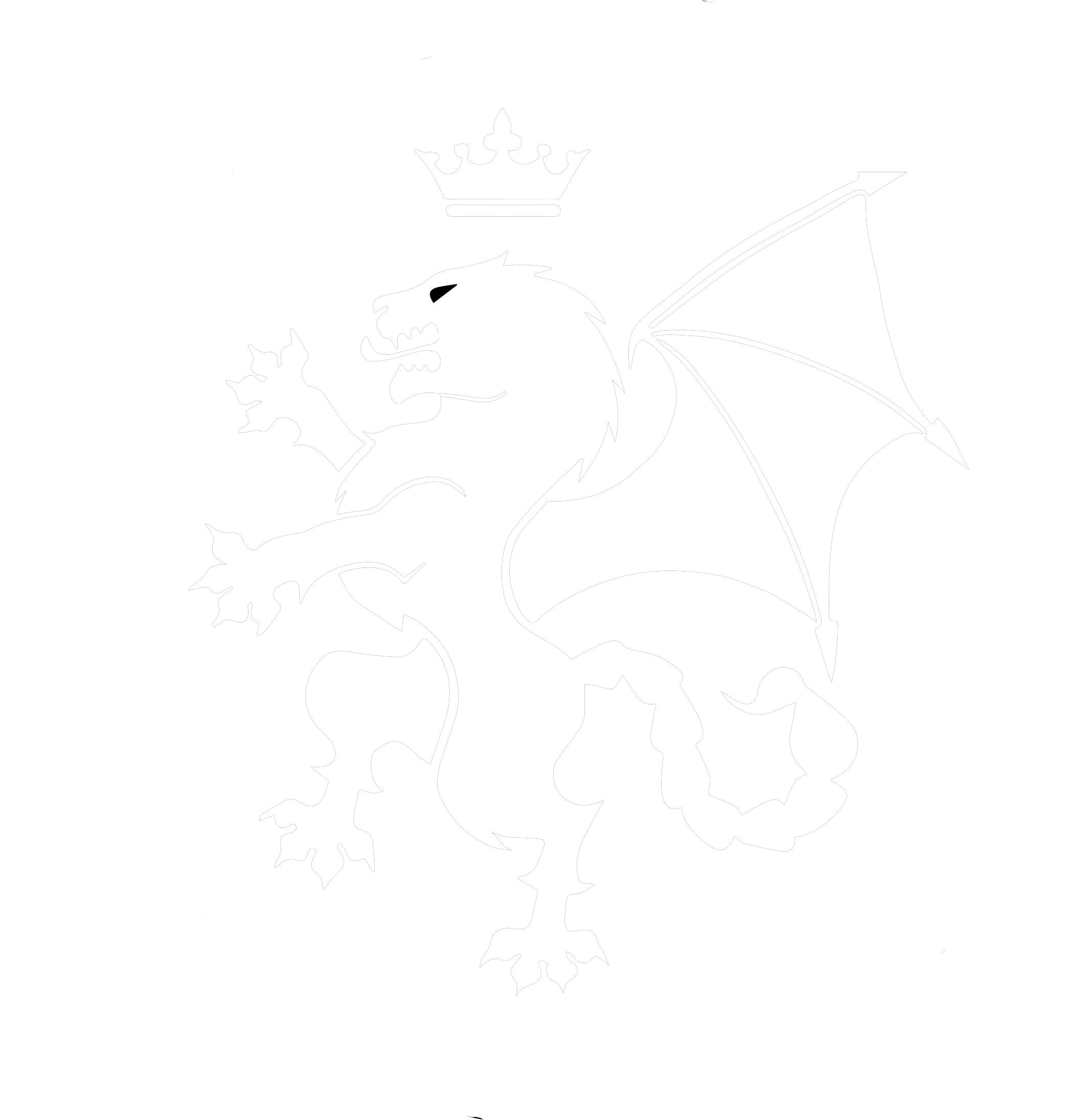Juleigh Howard-Hobson
The mundane act of stitching may seem to be merely a chore that needs so little attention a machine can do it, and do it well. That is quite right. But the creative act of stitching is something else entirely. With creation comes intent and with intent comes magic. There is a magic to hand sewing, an energy is raised as the needle moves up and down across the spine of a seam. Witches have long considered needles to be akin to small wands. Many cultures, from the Romanians to the Voudoun, see stitches as small representations of patterned power, each one increasing the energy of the next as the whole magical pattern emerges. Japanese sewing has a strong traditional bent towards protective magic.
From the Momoyama era (1568 to 1615) to the years right before World War Two, Japanese seamstresses and family sewers incorporated the protective power of sewing into their kimonos (which is the traditional word for all clothing). Adults and children typically wore clothing with many seams, in particular a strong center seam, and thus had plenty of stitched in protection during their daily lives. Babies, however, wore hitotsumi kimonos made from a single width of fabric which bore no center seam and would therefore be left rather underprotected… except for the magical addition of embroidered charms. These charms are called Semamori (背守り) which translates to ‘back magic’ or ‘to protect the back’ (depending on whether you consult a magical or a nonmagical source)
Because devils and demons traditionally attack from behind in Japan, the semamori protection was usually placed at the back of the child, where he or she would be most vulnerable while being carried by his or her mother. Semamori charms were also sewn on the ends of the kimono ties, which were tied in the back as well.
The stitches would be typically made with thread or yarn in either red or white as these are both lucky colors in Japan (sometimes these colors were combined and pink was used, to yield double luck). The stitches were sewn vertically, like a seam for the most part, but included formal motifs. Typical semamori include cranes or pine trees (symbols of longevity), the symbol 幸 (koufuku — happiness), any number of magic spells and religious texts, as well intricately quilted pieces of cloth from special family members. Interestingly, while the motif patterns themselves are equally distributed, the direction the motif stitches point toward is always guided by gender: right for a girl, left for a boy. It seems that Japanese demons are as sexist as the rest of the world and approach from different directions depending on which sex they want to attack.
These stitches were not a necessary component of any baby’s outfit, they were created with only one intent: magical protection. Each stitch made bound the intent to the cloth, and bound the cloth to the intent…with the result that the child who wore the hitotsumi wore more than mere protective symbols, he or she wore the physical manifestation of ages old protective magic, stitched for the time when he or she needed it most.
And we all know what a stitch in time can do.

